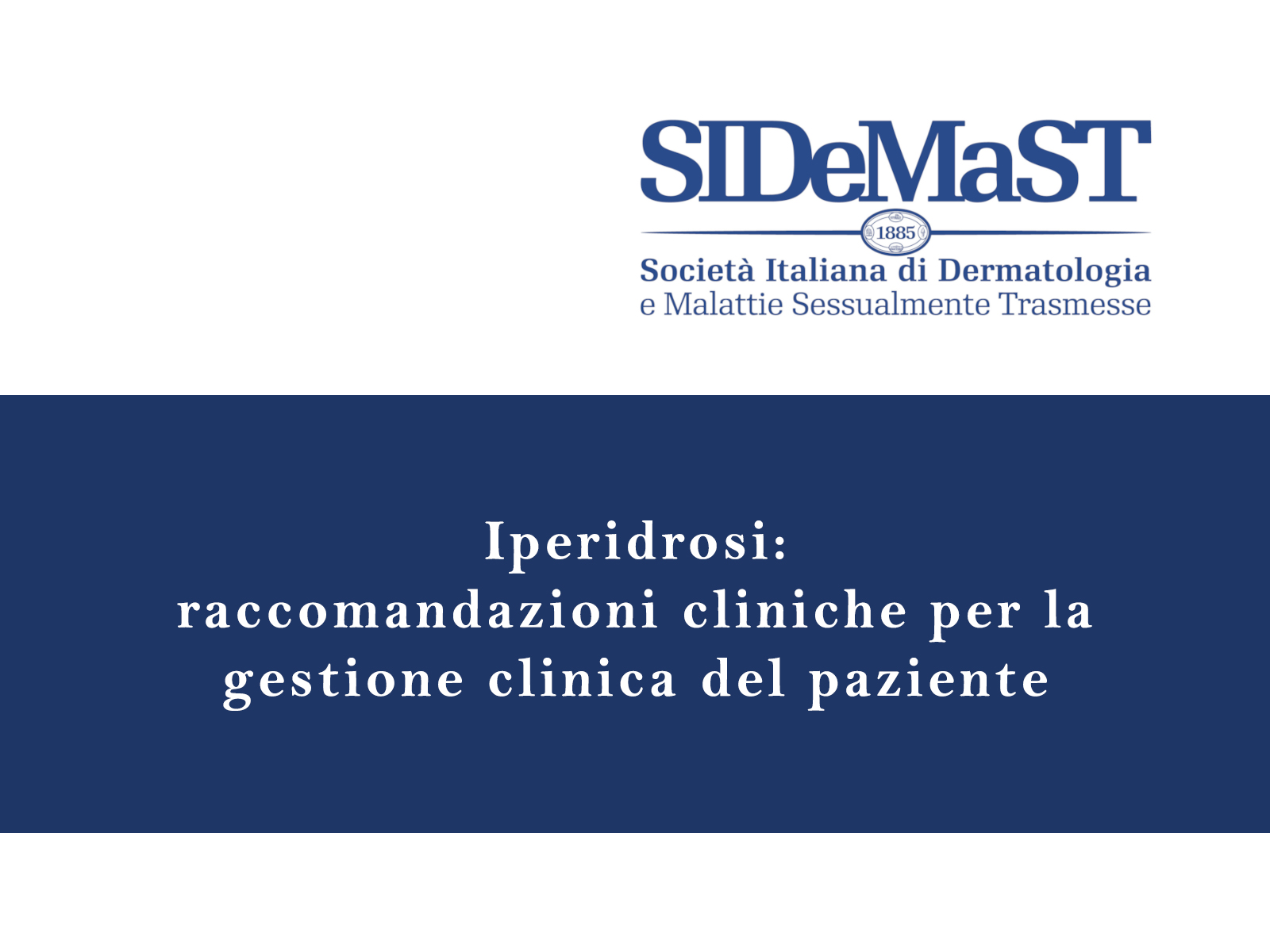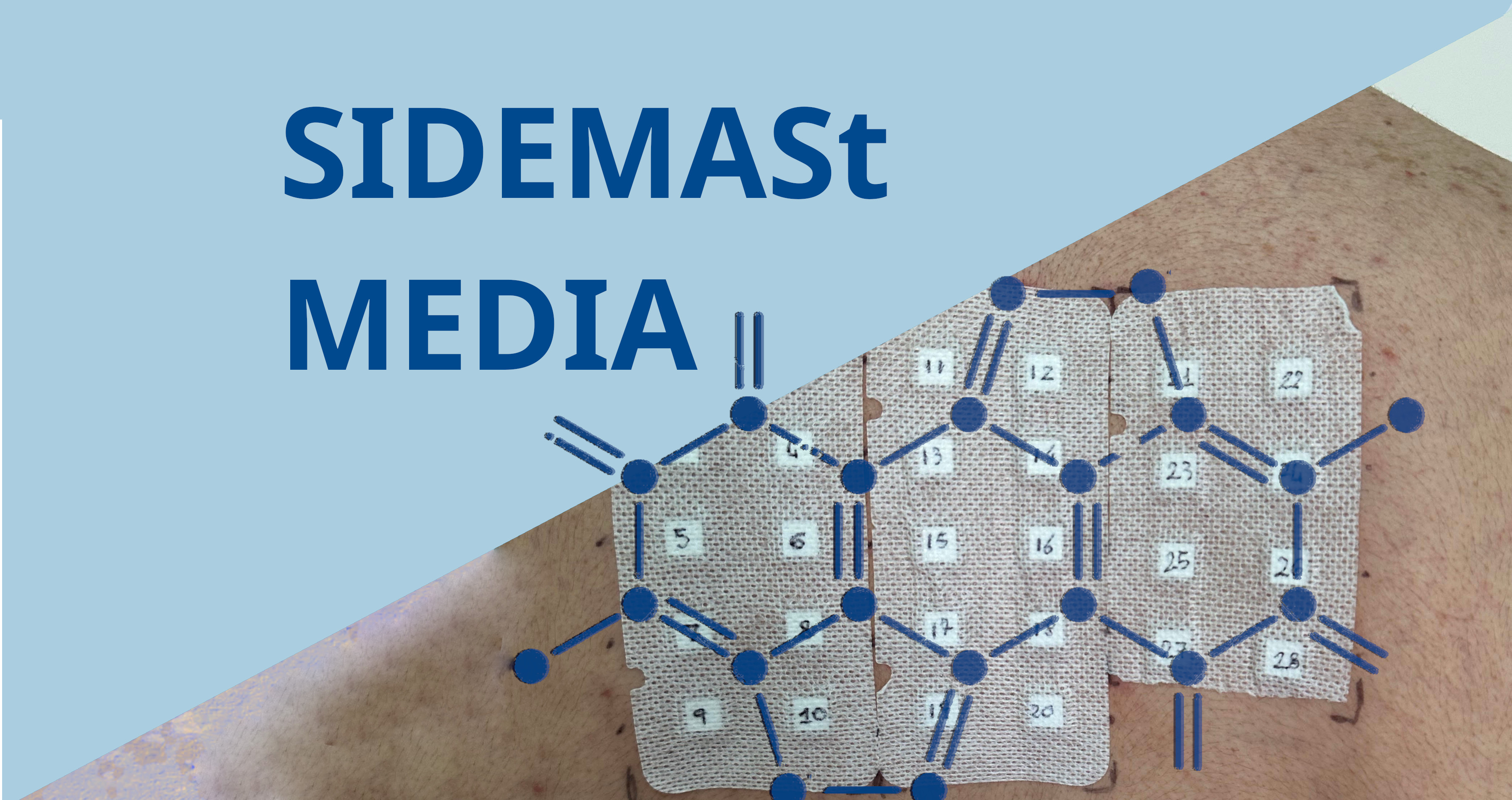Both spondyloarthritis (SpA) and psoriatic arthritis (PsA) have enhanced cartilage formation reflected by increased levels of PIIBNP levels in serum, but researchers have found an increased level of the hypertrophic chondrocyte collagen X marker in SpA only that may enable the differentiation between the 2 inflammatory joint diseases.
Lead investigator Natasja Stæhr Gudmann, Nordic Bioscience A/S, Herlev, Denmark presented details of this research on behalf of colleagues on November 16 at the 2014 Annual Scientific Meeting of the American College of Rheumatology/Association of Rheumatology Health Professionals (ACR/ARHP).
The pathologies of PsA and SpA are unclear, although both involve remodelling of extracellular matrix that promotes cartilage formation and calcification involving type II and X collagen formation in the affected joints.
The present study took advantage of the knowledge that biomarkers designated ProC2 and C-Col10 measure the level of propeptide type II collagen and type X collagen, respectively. Propeptide type II collagen is relevant in cartilage formation and type X collagen is exclusively expressed by hypertrophic chondrocytes and is a measure of hypertrophic cartilage.
Gudman and colleagues determined the levels of both biomarkers in 94 patients with SpA, 99 patients with PsA, and 120 age-matched healthy controls. The biomarkers were quantified using specific, monclonal antibody-based competitive enzyme-linked immunosorbent assays.
The mean serum level of propeptide type II collagen in healthy control subjects was 0.59 ng/mL. The levels were significantly increased in patients with SpA (mean 1.25 ng/mL; P < .001) and patients with PsA (mean 1.35 ng/mL; P < .001).
The team performed a receiver operator characteristics curve analysis to assess the power of the biomarkers in discriminating between the 2 diseases. For propeptide type II, the area under the curve for healthy subjects versus patients with PsA was 0.793 (95% confidence interval [CI], 0.73 to 0.85), with a sensitivity of 65.1% and a specificity of 81.7%. The corresponding values for healthy subjects versus patients with SpA, and patients with SpA versus those with PsA were 0.776 (95% CI, 0.71 to 0.84) with a sensitivity/specificity of 60.4%/83.3%, and 0.539 (95% CI, 0.46 to 0.62) with a sensitivity/specificity of 40.4%/60.4%.
Concerning type X collagen, the area under the curve for healthy subjects versus patients with psoriatic arthritis was 0.607 (95% CI, 0.53 to 0.68), with a sensitivity of 48.5% and a specificity of 60.6%. The corresponding values for healthy subjects versus patients with SpA, and patients with SpA versus those with PsA were 0.580 (95% CI, 0.50 to 0.66) with a sensitivity/specificity of 48.6%/60.6%, and 0.525 (95% CI, 0.45 to 0.60) with a sensitivity/specificity of 40.4%/60.6%.
Patients with PsA displayed a slight but significantly increased level of type X collagen (mean 0.60 ng/mL) compared with the healthy subjects (mean 0.56 ng/mL; P = 0.035). Neither biomarker correlated with age, sex, or body mass index. The biomarkers did not correlate with each other.
While advances have improved the treatment outlook, the response of any particular person to therapy is still difficult to predict. The identification of diagnostic and prognostic biomarkers would make this task easier, the researchers concluded.










